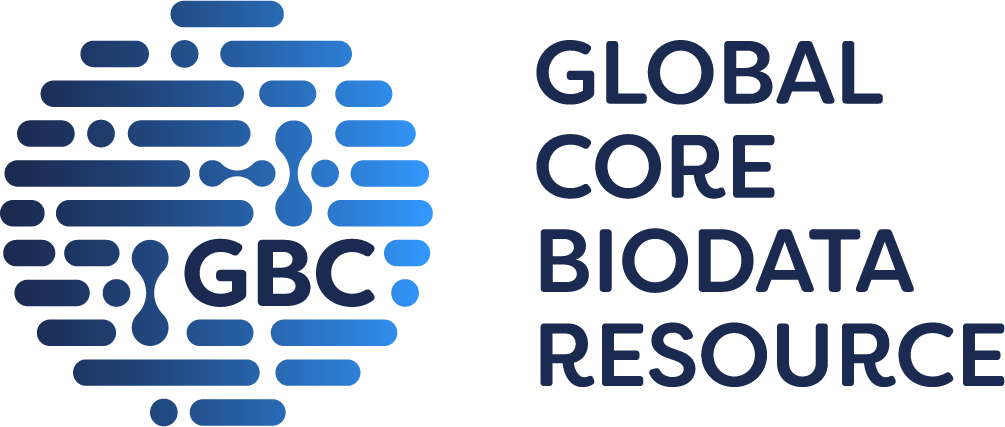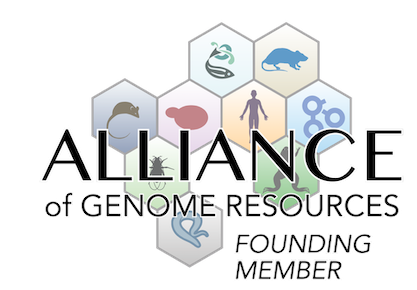immune system
|
• 2 fold decrease in total number
|
|
• slightly increased levels of the Th-2 cytokine IL-4 are produced when nave T cells are activated in vitro
• a small subset of T cells produce both IL-4 and IFN-gamma when nave T cells are cultured under Th1 polarizing conditions
|
|
• very few CD8-positive T cells are found in the thymus
|
|
• increase in DP T cell due to reduced ability of T cell precursors to mature past double positive stage
|
hematopoietic system
|
• 2 fold decrease in total number
|
|
• slightly increased levels of the Th-2 cytokine IL-4 are produced when nave T cells are activated in vitro
• a small subset of T cells produce both IL-4 and IFN-gamma when nave T cells are cultured under Th1 polarizing conditions
|
|
• very few CD8-positive T cells are found in the thymus
|
|
• increase in DP T cell due to reduced ability of T cell precursors to mature past double positive stage
|
endocrine/exocrine glands



 Analysis Tools
Analysis Tools